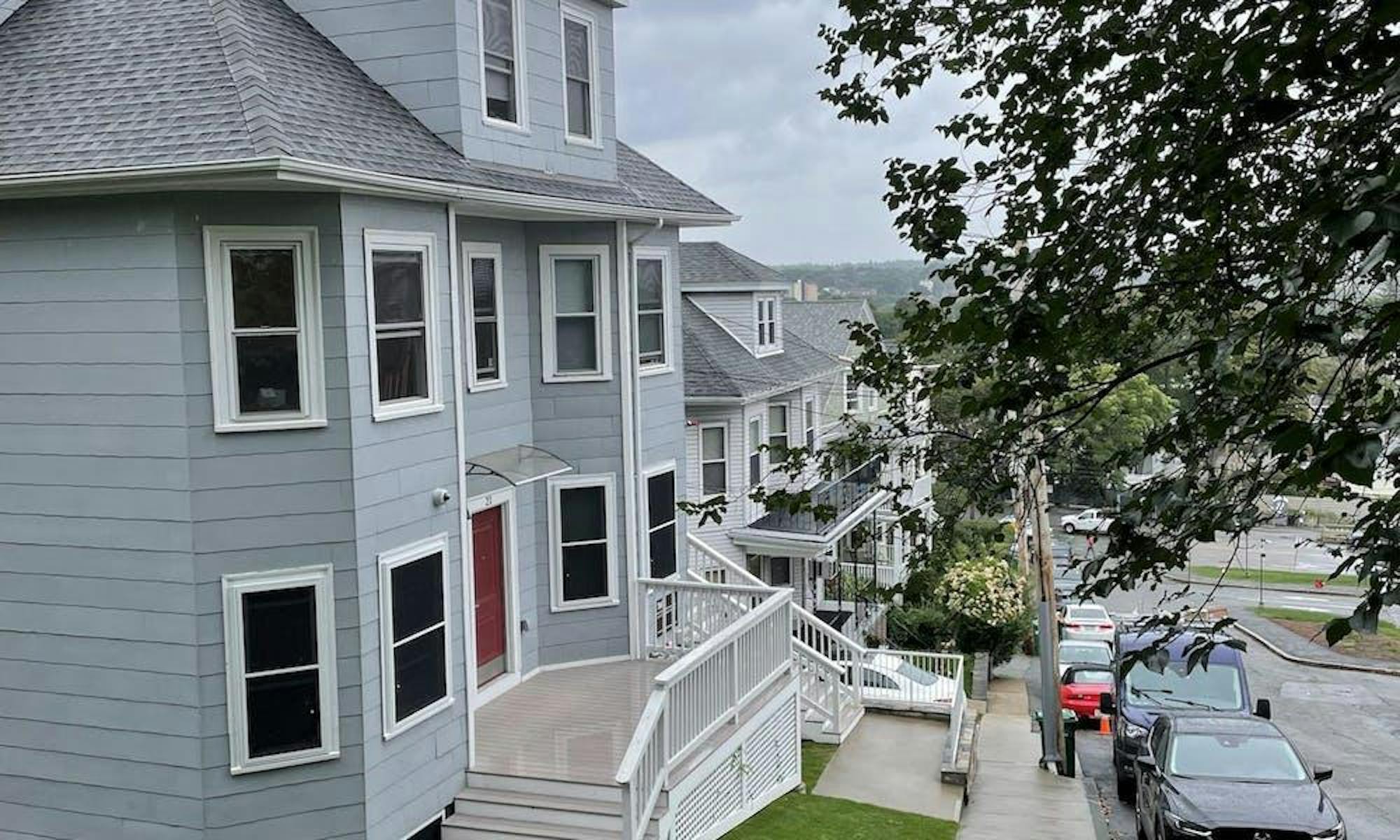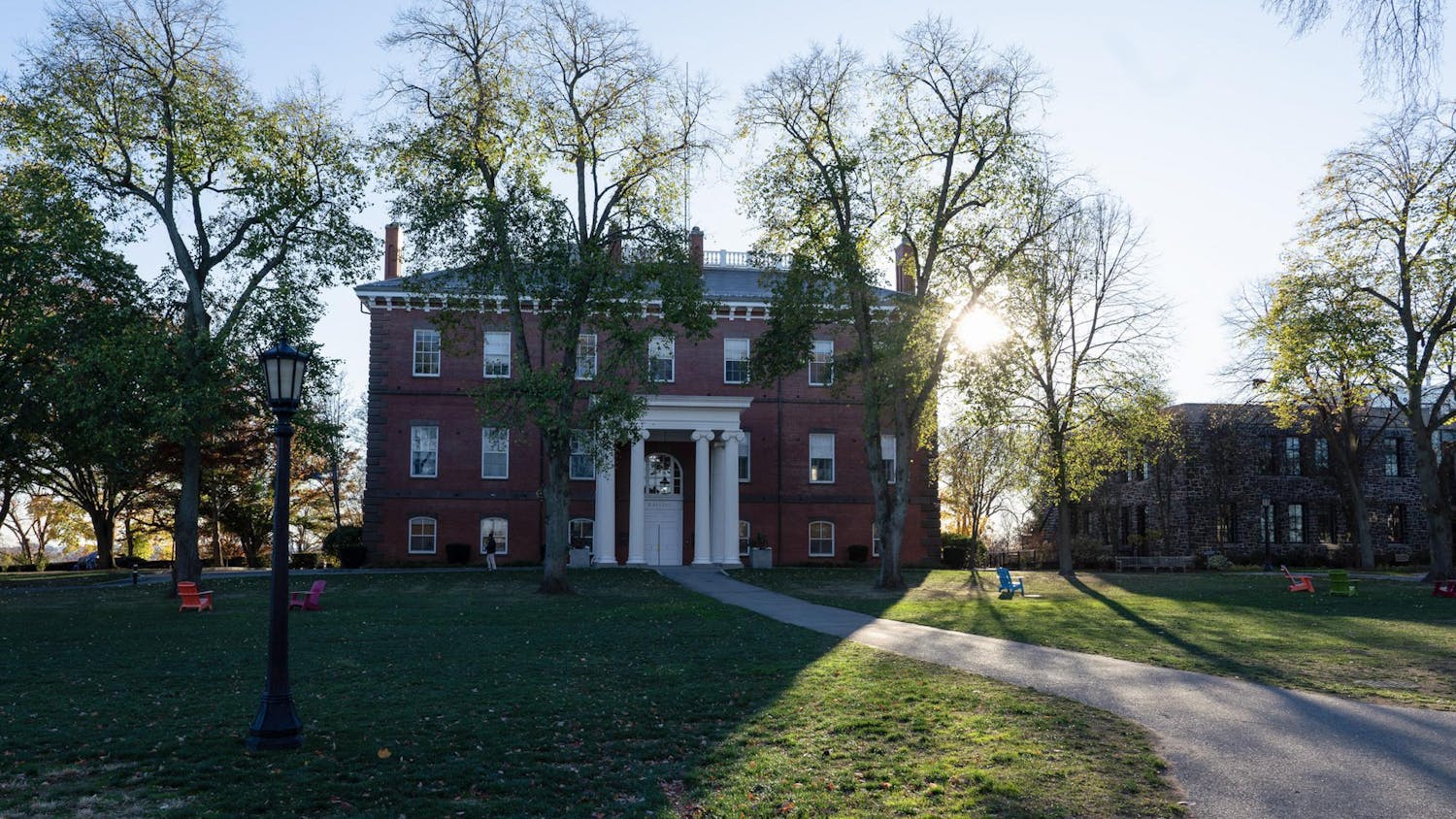Clean Water Action and the Mystic Valley area branch of the NAACP held a public forum at Medford City Hall on Saturday to discuss the problem of lead contamination in drinking water and how communities in the Mystic Valley area can protect themselves against it. The presentation was hosted by Maureo Fernández y Mora, Clean Water Action’s state co-director for Massachusetts. Fernández y Mora focused on the relationship between environmental contamination and social justice.
According to Fernández y Mora, lead was a common component in household pipes and plumbing fixtures for a long time because of its bendable properties. But lead is also a toxic metal, and repeated exposure can cause a multitude of health issues. Lead pipes were banned in new plumbing systems in 1986, but they still exist in some homes built before that date.
Throughout the presentation, Fernández y Mora stressed that “there is no safe level of lead in drinking water” or in the human bloodstream. The Environmental Protection Agency has set the threshold for government action at 15 parts lead per billion parts water, but that doesn’t mean that a lead content below 15 parts per billion is necessarily safe, Fernández y Mora said.
“If you come into contact with lead, it only stays in your blood for 30 days,” he explained, “It stays in the organs a little bit longer, like 40 days, [and] it stays in our bones and teeth for somewhere between 10 to 30 years.”
Holding lead in our bones is particularly dangerous for women who go through menopause and experience bone mass loss as a side effect, Fernández y Mora said. As they lose bone mass, calcium re-enters their bloodstreams — and so does years’ worth of built-up lead.
Severe lead poisoning from major exposures can lead to seizures, vomiting and hospitalization, Fernández y Mora said. Fortunately, these serious symptoms are much less common today than when lead paint and new lead plumbing were still allowed.
But Fernández y Mora cautioned that repeated exposure to small concentrations of lead can produce harmful symptoms too. These include damage to the brain and kidneys, nervous system damage, developmental delays and adverse reproductive health effects.
The symptoms of lead exposure are not limited to physical effects, Fernández y Mora said, but also include “irritability, aggressive behavior, difficulty sleeping … [which] affect our social emotional health and how we show up in the world and how people perceive us.”
Despite the obvious dangers of lead contamination, Fernández y Mora called elimination a “hot potato problem.” Nobody — not homeowners, municipalities or water departments — wants to take responsibility for old lead piping and pay to replace it.
Historically, Fernández y Mora said, the homeowner has been held responsible for any plumbing within their property line. But that approach is problematic, he said: “If you do a partial replacement where you just replace half that line … that’s not going to fix the problem.”
Fernández y Mora also pointed out that low-income communities and communities of color are disproportionately affected by this issue, as they are less likely to have the resources to replace their plumbing or live in municipalities that can afford to do it for them.
“We’re one of the richest countries in the world and somehow we have not found a way to prioritize basic infrastructure that would lead to everyone being able to access safe, clean drinking water,” Fernández y Mora said. “It’s immoral and it’s unethical.”
Renters are also more vulnerable than owners, Fernández y Mora said, because they don’t have legal authority to replace their pipes.
The first step towards solving the issue of lead contamination is determining the location of lead service lines, which are often unknown. Medford shares information about service lines on its website, including a phone number to call for free water testing. Medford will also reimburse up to $1000 toward the replacement of lead pipes on private property. Somerville replaces lead service lines on private property for free.
While the ideal would be to remove lead at its source and have municipalities cover the full cost of lead service line replacement, Fernández y Mora said that homeowners and tenants with lead pipes can also protect themselves by running the tap for a few minutes every morning and only cooking with cold water, which releases less lead from pipes than hot water.
Fernández y Mora has worked with communities in Chelsea and Malden to help empower low-income residents, renters and others tackle lead contamination by lobbying their local governments.
“This is not an unsolvable problem,” he said. “This is something that, if we get enough people focused and talking to their representatives about, we have the resources already that we need to fix this.”






